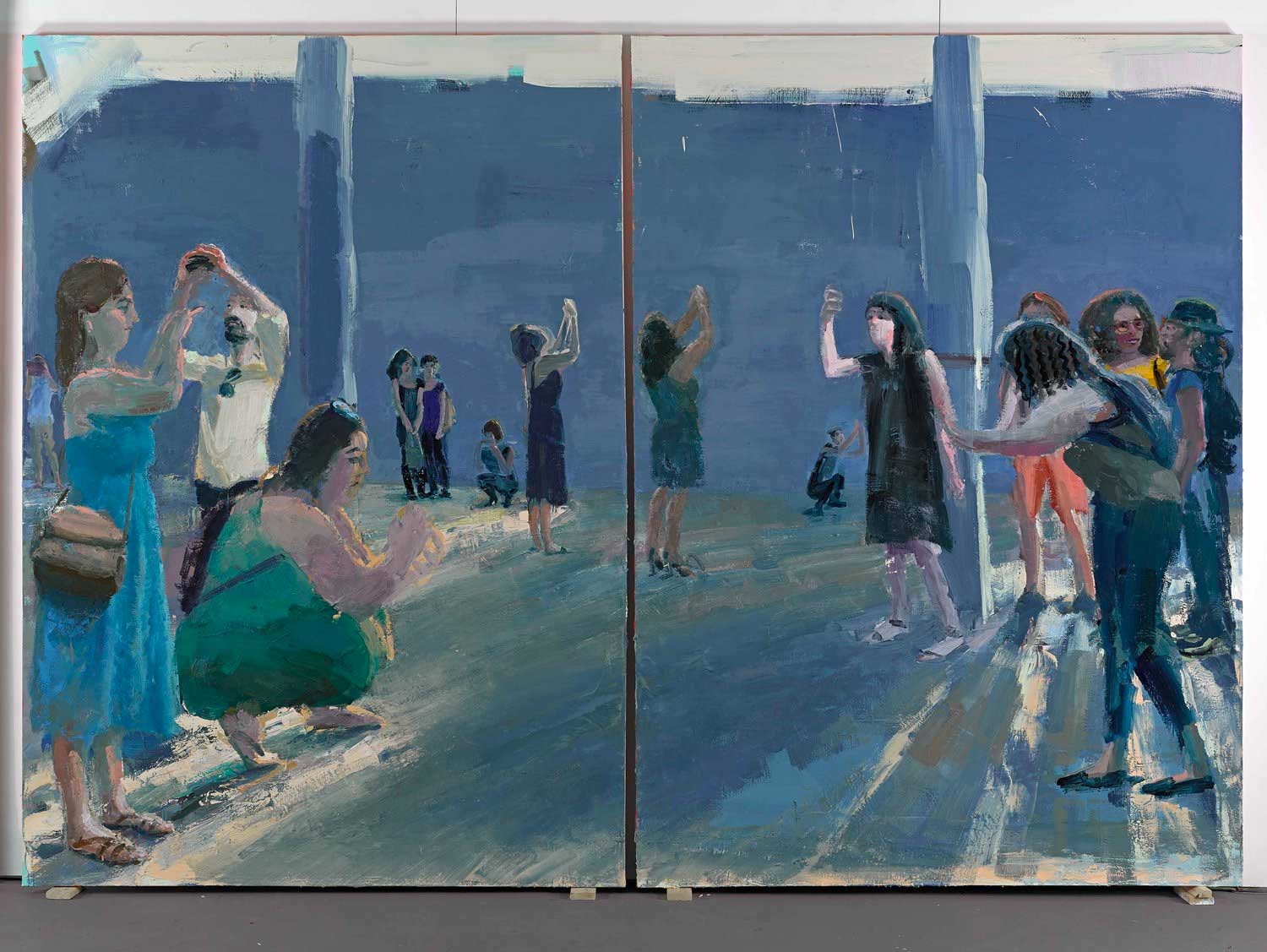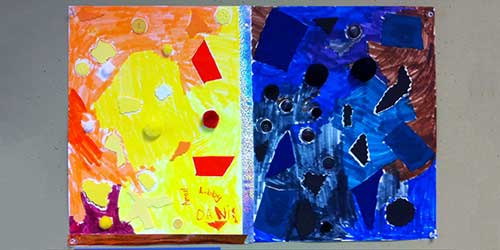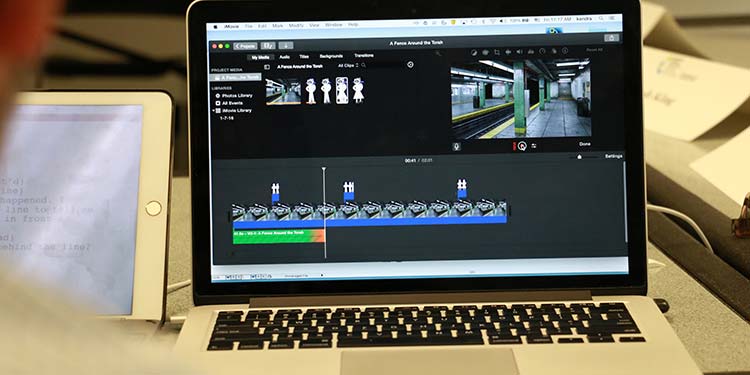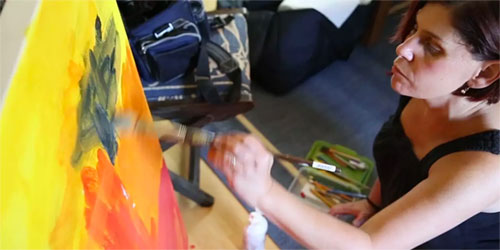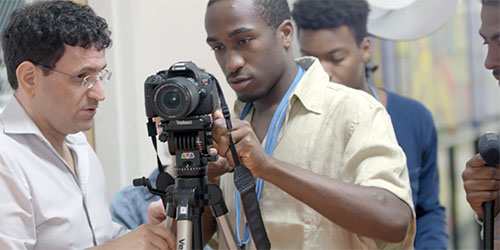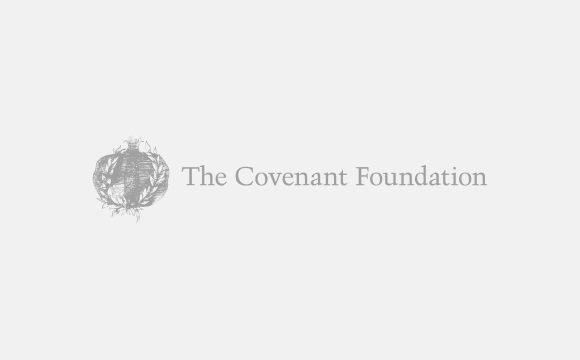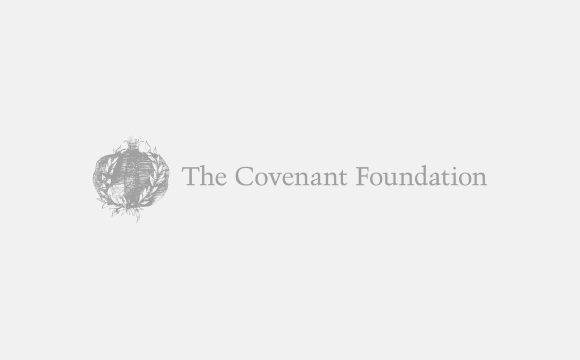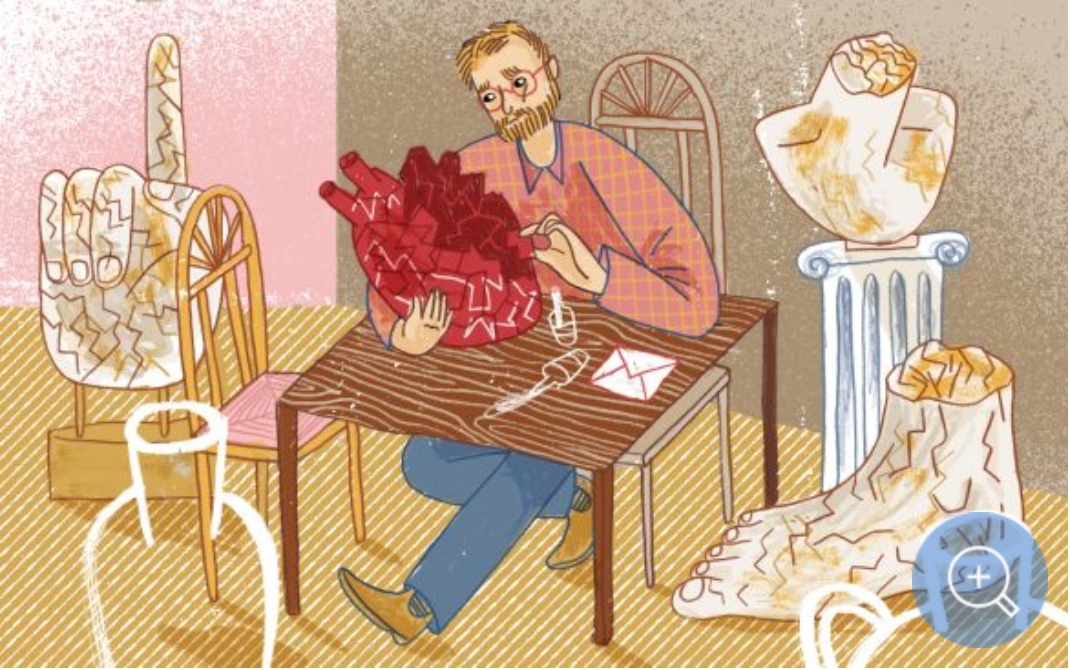The Artist as Educator; The Educator as Activist
For those struggling to connect the dots, choreographer Liz Lerman poses difficult questions in venues across the continent, from schools and performance halls and educator conclaves, to the Library of Congress and United Nations conferences.
“Small Dances About Big Ideas,” commissioned by Harvard Law School and created by choreographer Liz Lerman, uses motion, sound and characters to portray humanity’s response – or non-response – to genocide, whether it be the Holocaust or present atrocities in Darfur. A Covenant Foundation grant to the Liz Lerman Dance Exchange allows the dance company to take the piece to twelve communities across the country, reaching and challenging an audience of thousands to confront an uncomfortable and often-unaddressed issue. video by Pearl Gluck
Hearts and Minds (Full Film) from The Covenant Foundation on Vimeo.
The head of the Maryland-based dance company that carries her name brought her troupe to twice present the groundbreaking “Small Dances About Big Ideas” in this city of enlightenment during the week of Yom Ha-Shoah, Holocaust Remembrance Day.
In performances shattering the idea of art as comfort, the notion of genocide and humanity’s ability – or inability – to prevent it, comprehend it, or to mete out justice after it, takes center stage in a series of separate yet linked vignettes forming a disturbing whole.
“I want them to struggle with discomfort,” Lerman said of those who see the piece. “It is a tough subject.”
The Jewish Community Center of San Francisco deemed the Liz Lerman Dance Exchange a most appropriate and key component of its Yom Ha-Shoah programming.
The performances here marked a day usually set aside for quiet, collective grief for the six million Jews lost to indescribable atrocities – the same six million lights standing as shadows still and forever to remind us, among other things, of penchants for evil, inhumanity, intolerance, systematic mass murder, and genocide.
And somehow of ourselves.
It is tough and difficult for Lerman still, she said, and for those who perform it, even four years after its first staging. Harvard Law School commissioned the piece in 2005 to mark the 60th anniversary of the Nuremberg Tribunal hearings following the Second World War.
“We wanted to create a public event that would span international legal responses to the Holocaust and more recent struggles to respond to genocides and mass atrocities,” said Martha Minow, professor at Harvard Law School and director of its Seevak Program on Facing History and Ourselves.
“The focus was not on the horrors themselves but on the struggles to devise societal responses. The dance endures, because it is genuinely rooted in history while crafting structure for involving audience responses that in turn can provoke conversations, participation in other settings, and motivation to act, to be “upstanders,” even when words fail.”
The piece itself features a number of characters, real and inspired, in a narrative of visual imagery, movement and sound.
Here is the nearly silenced Raphael Lemkin, the Jewish lawyer who urged world attention to the Armenian massacre and the Holocaust, and who coined the word genocide. Here is Robert Jackson, the Nuremberg prosecutor who called for justice, not vengeance. Here is a forensic anthropologist cradling bodies of victims in mass graves in Rwanda. Here is a Bosnian rape victim pleading for justice. And over there is a journalist transformed from dispassionate observer to outspoken activist.
The audience itself is front and center here too, encouraged to take certain movements from their places to reverse the inclination toward passivity and to underscore the power of movement and stories to finally confront the uncomfortable.
For officials at the Jewish Community Center of San Francisco, the performances, and a related symposium on activism through art, were potent offerings to the community and an appropriate way to remember victims of the Shoah and mark a solemn day.
“What can possibly be enough of a commemoration?” asked Toby Rubin, former president of the Center and CEO of UpStart Bay Area. “Can we get people to see Liz Lerman and witness this piece and get a piece of themselves opened up in new ways? That is enough – to open people up in new ways.”
For sure, exposing thousands of new people to this form of expression on a critical, yet most uncomfortable and often unaddressed issue was the objective of a major grant from The Covenant Foundation to the Liz Lerman Dance Exchange.
The three-year grant allows the dance company to take “Small Dances About Big Ideas” to twelve communities across the country, reaching as many as 4,000 people in Jewish and non-Jewish settings, including schools, congregations, community centers and arts institutions.
Combined with the performances, as in San Francisco, are symposiums and workshops for teachers, artists, activists and facilitators to ensure that issues surrounding genocide are more actively addressed, discussed and taught within the framework of schools, arts venues and other organizations.
“From an artistic perspective, when The Covenant Foundation makes something like this possible, it is huge,” Lerman said. “If a work doesn’t get seen, it not only doesn’t get better, but it can’t make an impact. And impact is what this is finally all about.”
For information about The Liz Lerman Dance Exchange, visit www.danceexchange.org
By H. Glenn Rosenkrantz, for The Covenant Foundation
